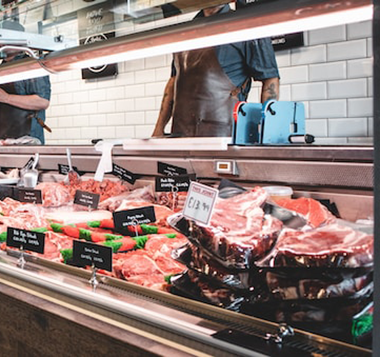Consumer Perception of Smart Sensors in Meat Packaging

A majority of consumers are interested in purchasing meat products that include biosensors that monitor pathogens, but their willingness to pay more for the intelligent packaging is dependent upon the perceived risk of foodborne illness, according to a recent study published in the International Journal of Consumer Studies.
For “The use of smart biosensors during a food safety incident: Consumers’ cognitive-behavioural responses and willingness to pay,” authors Giuseppe Nocella, et al, surveyed consumers using the protection motivation theory (PMT) to explore responses to risk communication in the absence and presence of a food safety incident. The surveys also gauged respondents’ willingness to purchase hypothetical meat products marketed with the biosensors.
The researchers surveyed consumers in the UK, with respondents assigned to one of three groups. Each group received a different risk message: In the No Risk Information (NRI) group, respondents did not receive any news on the food-safety incident; in the Low Risk Information (LRI) group, respondents were informed that there was a moderate health risk due to a food-safety incident; and in the High Risk Information (HRI) group, respondents were informed that there was a severe health risk due to a food-safety incident.
They found that respondents in the LRI and HRI groups (with no statistically significant difference between the two groups) were willing to pay more (£0.91; s = £0.72) for meat products with smart biosensors than those in the NRI group (£0.82; s = £0.68). The majority of respondents in both groups were willing to buy meat marketed with biosensors.
“Respondents who heard about biosensors developed using nano-technology were not willing to pay a premium for biosensors when risk information was not provided because they did not perceive the benefits of biosensors,” the authors concluded, noting that “Few consumers are aware of smart biosensors. There is a need of more cooperation on behalf of retailers and food manufacturers to increase consumers’ awareness about the benefits of smart biosensors.”